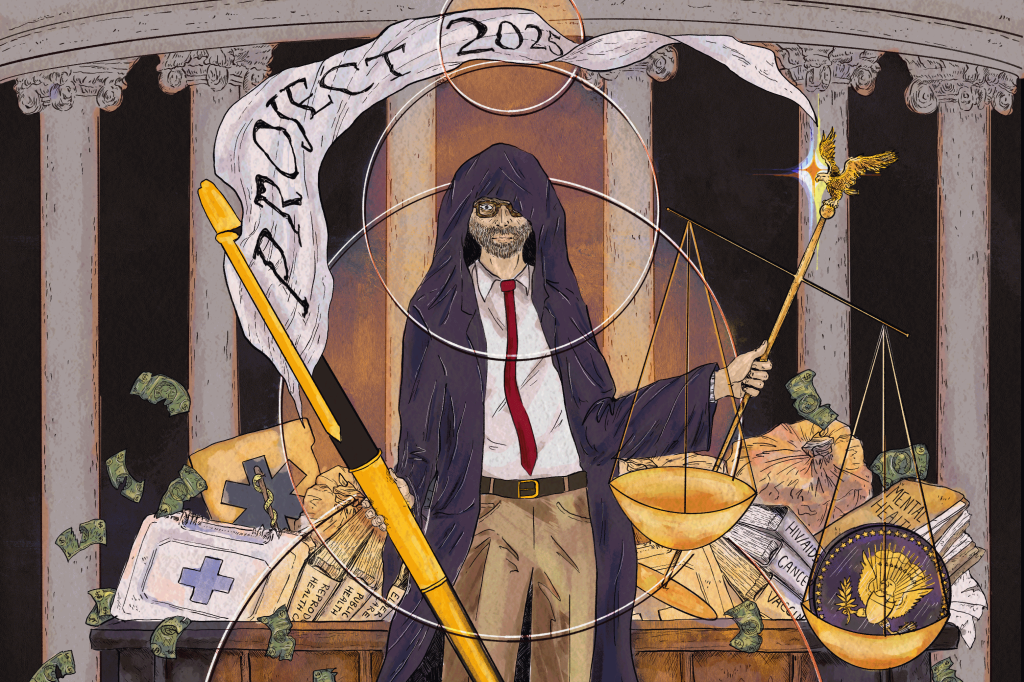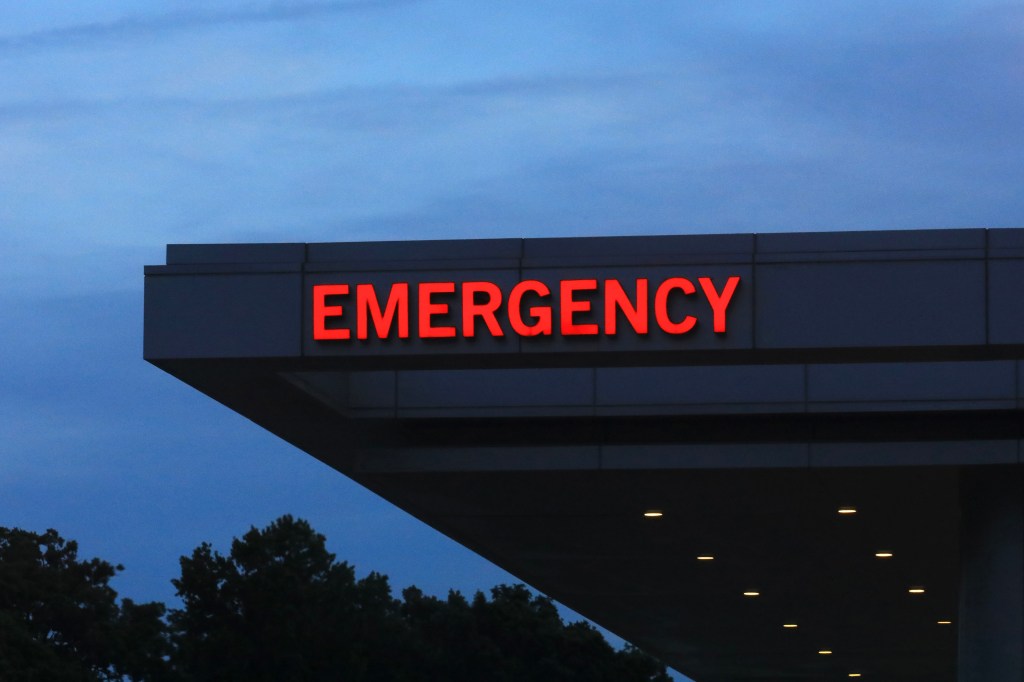The sterile scent of the waiting room is familiar, unsettlingly so. My father is now in surgery at New England Baptist Hospital, and I’m left with a strange sense of déjà vu. This place holds a story, a quiet battle fought over the very definition of good healthcare.
Years ago, the hospital’s Chief Medical Officer, Dr. Scott Tromanhauser, approached me with a challenging question: how could we truly improve the outcomes of total knee replacements? The statistic was stark – nearly 20% of these surgeries failed to deliver meaningful improvement. The key, he believed, lay in reducing unnecessary procedures.
It sounds logical, yet in the complex world of American healthcare, few institutions actively measure whether their surgeries actually *help* patients. Challenging surgical volume often equates to challenging the bottom line, a risk many are unwilling to take.

We proposed a radical idea to the Board of Directors: systematically track one-year post-operative outcomes for every knee replacement. Share that data with surgeons, revealing which approaches truly worked. And, crucially, use that data to predict outcomes *before* surgery, empowering patients with the information they needed to make informed decisions.
Surprisingly, they agreed. It might mean fewer surgeries, but those avoided would be the ones that wouldn’t have helped. It could even strengthen their negotiating position with insurance companies. More importantly, they recognized it was simply the right thing to do.
Scott and I celebrated with a visit to Mount Auburn Cemetery, paying our respects at the grave of Dr. Ernest Codman. His was the original vision, a century earlier.

In 1905, Dr. Codman, a surgeon at Mass General, introduced the “End Results System.” He argued that every hospital should meticulously collect data – before and for at least a year after – every procedure, to determine its success and, if it failed, to understand *why*. He believed patients deserved this knowledge, the foundation for better outcomes and informed choices.
Now, over a hundred years later, we were poised to bring his idea to life, just a few miles from where he first proposed it.
Under Scott’s leadership, the hospital had already begun collecting data. We presented the findings to the surgeons, anonymizing their identities as Surgeon A, B, and C. The reactions were revealing. Those most skeptical of the data consistently ranked among the lowest performers, while Dr. Carl Talmo, the most enthusiastic supporter, demonstrated the best results.
We then developed a pilot program to truly modernize Codman’s concept. We built an iPad app, powered by a machine learning model, that predicted a patient’s likelihood of improvement, stagnation, or decline one year after surgery. Patients answered a few questions, and their personalized prediction appeared in the exam room, ready for discussion with their surgeon.
Dr. Talmo was the first to embrace it. Some patients, seeing their predicted outcomes, opted out of surgery altogether. Others proceeded with newfound confidence. Their results were then fed back into the system, continuously refining the model’s accuracy.
We created a short video explaining the process and its potential benefits, and published an article in the New England Journal of Medicine’s Catalyst. I reached out to surgical clinics across the country, hoping to spread the word. But despite initial enthusiasm, no one was willing to adopt it. Reducing surgical volume, it seemed, remained bad for business.
Then came COVID-19, and the hospital asked to be released from the contract. We agreed. Everyone had more pressing concerns. It was a disappointment, but not entirely unexpected. We weren’t naive, merely idealistic.
Dr. Codman faced an even harsher fate. His End Results System was rejected by the Mass General Board, who he accused of prioritizing profit over patient well-being. He was fired, ostracized, and ultimately died in poverty. His tombstone bears the inscription: “It may take a hundred years for my ideas to be accepted.”
Now, 120 years later, I sit here, waiting for news of my father’s surgery. I’m anxious, but reassured. I chose a surgeon based on his documented outcomes – Dr. Talmo. Unless things have changed, my father is in capable hands.
A wave of frustration washes over me. What a lost opportunity. Imagine if everyone in this waiting room had access to the information they needed to make life-altering medical decisions.
I wonder if Dr. Codman felt personally defeated? Perhaps he found solace in the words of his contemporary, Upton Sinclair: “It is hard to get a man to understand something, when his salary is dependent on his not understanding it.”
This is, at its core, a problem of misaligned incentives. But will it always be? I find hope in the knowledge that the vast majority of healthcare professionals are driven by a genuine desire to improve care. People like Drs. Tromanhauser and Talmo, and the Board members who dared to take a chance. People I work with every day.
They are out there, though often harder to find. They didn’t enter healthcare to amass fortunes or grab headlines. They entered to make a difference. I just hope I live to see the day when enough of them realize their collective power and use it to build the healthcare system we all deserve.




